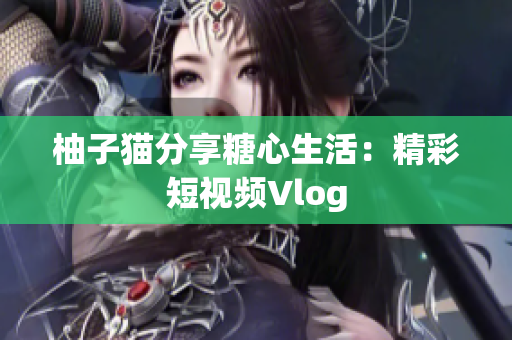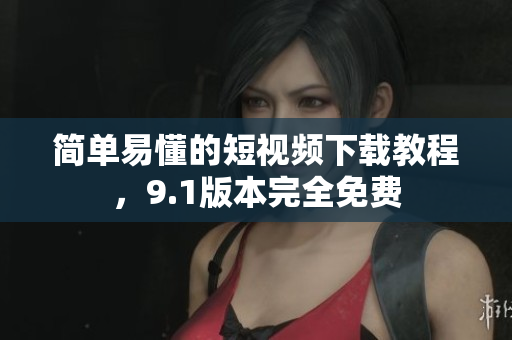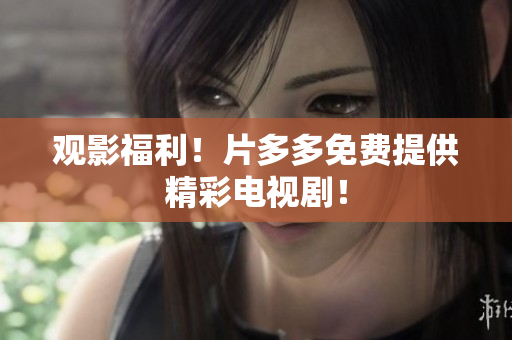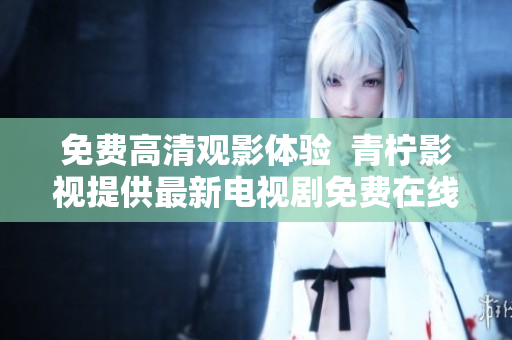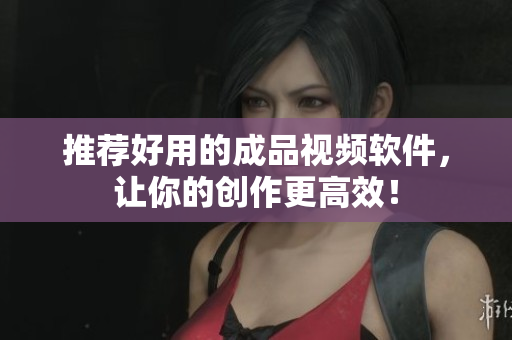English Teacher Behaves Well by Pulling up her Skirt
When it comes to the world of fashion and personal style, there isn't a one-size-fits-all solution. Different cultures approach clothing and modesty in their way, and it's always interesting to see how these cultural norms interact with each other. Case in point: the recent trend of English teachers in China pulling up their skirts to show off their legs, which has been met with both approval and condemnation from various corners. In this article, we'll explore this trend in-depth, examining its cultural significance and implications.
The Rise of Western-style Clothing in China
There's no denying that Western-style clothing has become increasingly popular in China over the past few decades. With the rise of a middle class with more disposable income, people are now able to afford luxury brands and designer clothing that was once inaccessible. But it's not just about the economics - there's also a certain cachet to Western fashion that many Chinese people find attractive. They see it as fashionable, modern, and even a bit rebellious, a break from the traditional Chinese clothing that has dominated for centuries.
Why the Skirt-pulling Trend?
But what about the trend of English teachers pulling up their skirts? It seems to have started in the late 2000s, with young women teaching English in China pulling up the hemlines of their skirts to show off their legs. This has been controversial, with some Chinese netizens accusing them of being vulgar and not respecting Chinese values of modesty. Others, however, see it as a harmless expression of personal style and taking control of their own bodies.
The Cultural Significance of Modesty
So, what is the cultural significance of modesty in China, and why might this trend be so controversial? In traditional Chinese culture, modesty is highly valued, particularly in women. Modest clothing is seen as a sign of respect for oneself and others, and showing too much skin can be seen as immodest and even shameful. This is in contrast to Western culture, where showing skin and being comfortable with one's body is seen as a positive thing.
The Intersection of Chinese and Western Values
So, when Western fashion trends clash with Chinese cultural values, it can be a bit of a shock to the system. On the one hand, there's the desire to be fashionable and modern, to explore new ways of dressing and expressing oneself. On the other hand, there's the deeply ingrained cultural value of modesty and respect for others. It's not surprising that this has led to some tension and disagreement.
The Place of English Teachers in Chinese Culture
Another factor to consider is the role of English teachers in China. Many Chinese people view them as representatives of Western culture, and as such, they are expected to embody certain values and behaviors that might be seen as foreign or strange. When Chinese people see English teachers pulling up their skirts, they may view it as yet another example of Westerners behaving inappropriately or disrespecting Chinese values.
The Future of Fashion in China
So, what does the future hold for fashion in China? Will Western-style clothing continue to gain popularity, or will traditional Chinese clothing make a comeback? Will the trend of English teachers pulling up their skirts persist, or will it eventually die out? Only time will tell, but what is clear is that the intersection of different cultural values will continue to evolve and shape the way we view fashion and personal style.
Conclusion
In conclusion, the trend of English teachers in China pulling up their skirts is a complex and multi-layered issue. It touches on issues of fashion, personal style, cultural values, and the role of Westerners in Chinese society. While some might view it as harmless self-expression, others see it as a breach of cultural norms and a lack of respect for Chinese culture. Ultimately, though, it's up to individual teachers to decide how they want to dress and express themselves - as long as they are respectful of the culture they are living and working in.

